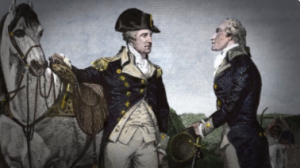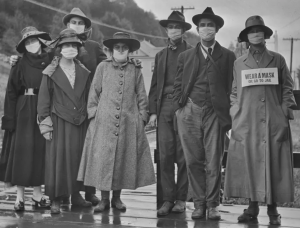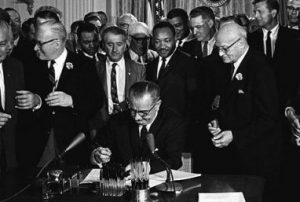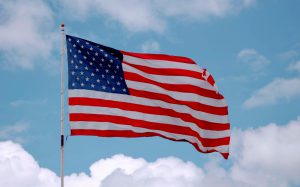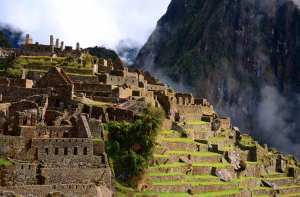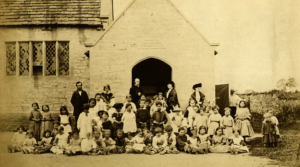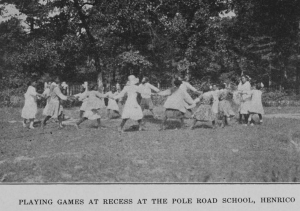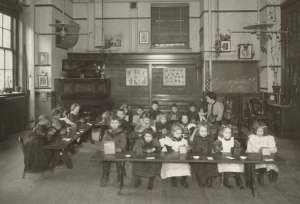The Beginning: Paleolithic Era – Skiing for Survival
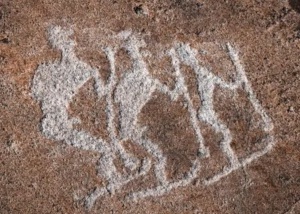
Today, skiing is a fun activity winter-lovers can’t wait to take advantage of at the first sight of freshly fallen snow, but it was originally invented thousands of years ago as a means of survival. The first use of skis can be found in a cave painting dating back to the Paleolithic Era’s final Ice Age. The sticks that were used as the first prototype were not only helpful for traveling over frozen terrain, but also for hunting prey.
1565: Snowscapes in Paintings
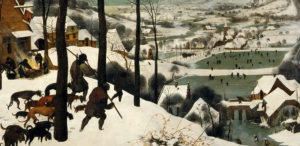
Commonly seen as the first winter landscape painting, Pieter Bruegel the Elder painted “Hunters in the Snow” during the brutal winter of 1564-65. It was the longest and most severe winter Europe had seen in more than a century, kicking off what some called the “Little Ice Age.” If you can’t beat them, join them, right? After his first snow-scape Bruegel couldn’t stop painting ice and snow—he also painted the first scene with falling snow, as well as the first nativity scene with snow—and his work started a winter-themed trend among Dutch painters that lasted for some 150 years.
1717: “The Great Snow”
Events occurred either before or after “The Great Snow” of 1717 for generations of New Englanders. Starting in late February of that year, a series of storms dumped up to six feet throughout the region, with drifts as high as 25 feet! New Hampshire, Massachusetts and Connecticut got the worst of it: Entire houses were completely covered with snow, livestock perished and even Boston Puritans canceled church services for two weeks. But one intrepid postman refused to lose the battle, reportedly leaving his horse behind and donning a pair of snow shoes to make the arduous trip from Boston to New York.
Early 19th century: A New Word is Born—Blizzard
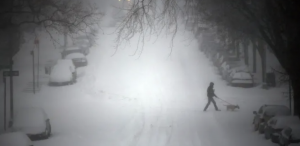
The exact origins of “blizzard” are unclear, but it appears to have emerged as a non-snow-related noun. An 1829 article in the Virginia Literary Museum, a weekly journal published at the University of Virginia, defined the word as “a violent blow, perhaps from blitz (German: lightning).” In his 1834 memoir, Davy Crockett himself used the term to mean a burst of speech: “A gentleman at dinner asked me for a toast; and supposing he meant to have some fun at my expense, I concluded to go ahead, and give him and his likes a blizzard.” The first use of the word in reference to a severe snowstorm apparently came later. Eytmologist and lexicographer Allen Walker Read believes the earliest such usage of “blizzard” was in an April 1870 issue of the Northern Vindicator, a newspaper in Estherville, Iowa.
1862: The Rise of the Snow Plow
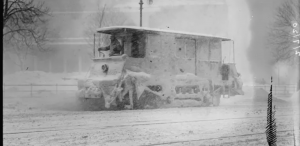
Today snow can mean long delays and canceled flights, but it used to be a positive thing for travel. When the main mode of transportation was the horse-drawn carriage, having packed snow on the roads made things easier, switching out their carriage’s wheels for ski-like runners when the snow piled up. Foot traffic was a different story, however, and by the mid-1800s several different inventors had patented their version of a horse-drawn snow plow to clear the alleys and walkways of America’s cities. In 1862, Milwaukee became the first major city to use such a plow, and its popularity spread quickly throughout the Snow Belt (the area stretching across the Great Lakes from Minnesota to Maine).
1878: Shakin’ It Up—The Snow Globe

Indicative of the winter wonderland that fills the hearts of many each holiday season, the snow globe was first seen in France at the 1878 Paris Universal Exposition. The trinket gained little attention, however, and only found its way into the hearts and minds of holiday holiday-goers thanks to Edwin Perzy I. The mechanic accidentally created a snow globe in 1900, when he was asked to fix a dim light bulb. After noticing that water-filled glass globes would fill the entire room with light when placed in front of candle, he tried the same technique with a lightbulb but didn’t get the same results. Next he filled the globe with semolina flakes with the hope that they would help reflect the light, but instead it inspired him in a totally different way—the flakes reminded him of snow. Perzy patented the snow globe and the novelty caught on like wildfire.
1888: The Blizzard That Ate the Big Apple
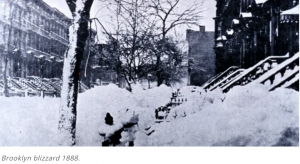
Paralyzing the Northeast for over three days with snow, wind and freezing temperatures, horse-drawn plows stood no chance against the Blizzard of 1888. New York City was inundated with 50 inches of snow, along with high winds causing drifts of up to 40 feet—it was as snow-pocalypse. The city’s elevated railways—usually the only transport option during storms—were blocked leaving travelers stranded for days. The 1888 blizzard claimed 400 victims. It also did some good, however, by prompting cities to improve their snow removal procedures, including hiring more plows, assigning routes and starting the plowing process in the early phases of storms.
1920s: Snow Removal Goes Mobile
When automobiles replaced horse-drawn carriages on the roads, clearing the roads of snow became a big priority. Mechanized salt-spreaders helped, but weren’t sufficient. As early as 1913, some cities had started using motorized dump trucks and plows to remove snow. Chicago took it one step further in the 1920s, debuting a contraption called the “snowloader.” Equipped with a giant scoop and a conveyor belt, the device forced plowed snow up the scoop, onto the belt and into a chute that dropped it into a dump truck parked beneath. The snowloader revolutionized urban snow removal, making it a lot less labor-and time-intensive.
1952: Introducing Your Very Own Snow Blower
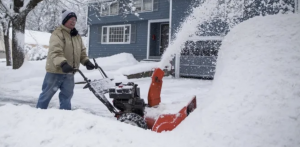
Snow blowing got personal in the early 1950s, when a Canadian company called Toro released the first human-powered snow blower. Other companies produced their own models during the 1960s, ushering in the age of modern snow removal. Around the same time, satellite weather technology was making it easier than ever to predict and prepare for storms, and widespread use of TV and radio helped keep the public aware of impending hazards caused by snow and wind.
Today: An Ode to the Humble Snow Shovel
Odds are the snow removal tool most people are familiar with is also the one that’s been around the longest—the shovel. Thought to date back some 6,000 years, the old-fashioned snow shovel remains one of the most effective tools for digging out of a blizzard, no matter where you live. Since the 1870s, more than 100 patents have been granted for snow shovel designs, as various people try their hand at improving on the time-honored classic.
Source: https://www.history.com/news/humans-vs-snow-a-love-hate-history
